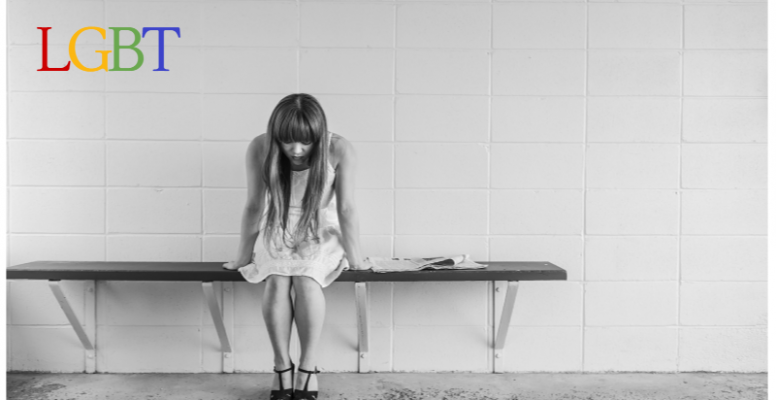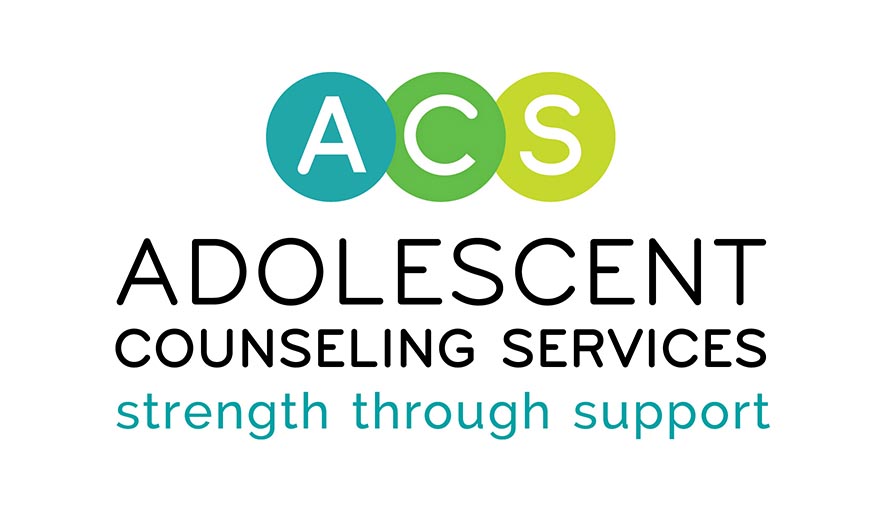
Resources for LGBT Teens
An interview with TeenVogue Magazine and Steve Mehdelsohn of the Trevor Project
According to the Trevor Project, a young person contemplates suicide every 95 minutes. Beyond that, LGB youth are four times as likely to attempt suicide than their straight peers, and LGBTQ youth are eight times more likely to attempt it if they’ve been thrown out of their homes — an all too common occurrence when families don’t accept their identities. With so many strides in acceptance of queer young people, these statistics are likely to fall, but one group the—transgender and gender nonconforming (TGNC) community — is still drastically underserved when it comes to suicide prevention and support in general.
With 80% of transgender students reporting feeling unsafe in school, and only 61% of youth who need mental health care services receiving them, the time for more resources and action is now. The basis for the Trevor Project, which has been serving LGBTQ youth for 18 years now, is simple: a young person who knows an adult they can trust is much more likely to reach out for help in a time of crisis.
In the wake of President Obama’s efforts to protect transgender students nationwide, we spoke to the Trevor Project’s Deputy Executive Director, Steve Mendelsohn, about how we can do a better job of supporting members of the TGNC community.
Teen Vogue: Could you tell me some of the statistics regarding depression and suicide in the TGNC community?
Steve Mendelsohn: In this country, among young people ages 10 to 24, the second leading cause of death is suicide. If you look at LGB youth, lesbian, gay and bisexual youth, the numbers go up by four times, but then if you talk about the population we’re talking about, transgender and gender nonconforming youth, 41% of transgender people have attempted suicide in their lifetime. It’s really unacceptable. Nearly half of all transgender youth have seriously attempted suicide. So the statistics show that suicide is much higher among these populations.
TV: How much does support from people like friends and allies play into mental health for trans and gender nonconforming people?
SM: It’s probably the most important factor for this population. Just knowing that you’re accepted for who you are tells someone that they are a person. In these populations often young people and adults cannot be themselves and if you can’t be yourself you don’t feel like you matter. You don’t feel like you’re actually alive and that can lead to suicidal and depression types of behavior. Like you just said, just getting acceptance and tolerance of oneself from schools and other people and institutions is often enough. In fact, seriously that’s the basis of how the Trevor Project does our work. People need to talk. They need to feel that they can be themselves and if they call us or contact us we’re there for them. We meet them where they are. We listen to them and we respect them for who they are. So acceptance is the most important factor, honestly.
TV: Let’s say somebody wanted to reach out to Trevor using one of your platforms, like Trevor Lifeline, TrevorChat, or Trevor Text — how much personal information do they need to give? Can it be fully anonymous?
SM: Yes, everything we do is completely confidential. That’s the first thing to understand, so when someone reaches out to us they tell us as much as they feel comfortable telling us. We listen. The skill that we provide is the skill set of listening and empathy. We follow the person who calls us or texts us or chats with us and respond to what they tell us. If they don’t want to disclose certain aspects about themselves, that’s perfectly fine.
TV: What will the conversation be like?
SM: The conversation will be however you want it. If you call the Trevor Project we will meet you where you are. What that means is we will listen to you and follow your lead and respond to what you tell us. The most important thing is that we are there for people. While we may have some questions we would like to ask we only ask what makes sense given what the caller said to us, or the chatter or the texter. We start with understanding why they’re calling, understanding how they present themselves so we listen to them very carefully and we want to understand who they are and why they’re calling, the way they tell us. While we might have in the back of our mind certain questions we want to ask, we may not ask those question. We need to respond to them in the moment, at the place where they are.
TV: The CDC for a long time has recommended there be a specific safe space for LGBTQ students. What are some things you would suggest that schools need to do for LGBTQ students?
SM: Well the first thing they need to do is look at their own policies and see if they have procedures and steps in place to guide people to work with and understand the issues and the challenges faced by LGBTQ and TGNC youth. We actually have some tools that can help with this. We have the Trevor Lifeguard program, which is available free online. It’s actually a course, like an online course that can be used to educate people and schools. School administrators, teachers, even other students, guidance counselors about these populations, about the issues they face and about how to be aware of the mental health challenges that might be present and what to do about it. That’s one resource we offer.
Another resource we offer is our model school policy. We developed one with a number of other suicide prevention organizations and this model school policy tells schools what they can do step by step to really make sure that they are putting policies and procedures in place to protect them. They can also look online and see what they can do based on this guidance to take care of the needs of trans and gender nonconforming youth.
TV: Do you have any advice for people whose parents just do not understand and do not accept their identities? Is there a backup plan in case you do come out to parents and they react in a way you wouldn’t even expect?
SM: The first thing is that we don’t want anyone to put themselves in an unsafe situation. The best thing that one should do is make sure that they have people they can turn to. If it’s not their parents and if it’s not their friends and if they don’t really have other people in their community, they can go to the Trevor Project. They can call and someone will guide them and talk to them about the situation they’re facing.
We also have an online community called TrevorSpace. It’s almost like a Facebook for LGBTQ youth and it’s a safe community, a safe online community, for young people to talk to each other. It’s monitored by Trevor volunteers to make sure that everybody is, to keep it safe. To make sure that people aren’t bullying each other or to make sure that people aren’t improperly communicating with each other. It’s a place for young people to get peer support from each other. So if somebody is struggling with what to say to their parents or whether or not to come out, they can go onto TrevorSpace and talk to young people who face the same challenges they’re facing.
We also have a Trevor Support Center online. We have a resource for adults. Sometimes, parents will call us and tell us that they’re concerned about their children. Sometimes children might not have already come to an understanding of what their identity is and a lot of times it’s not uncommon for their parents to call us because the parents want to talk to someone about what to do.
If they’re trying to learn about what to say to their family and friends, we have a help section on that. If they’re trying to figure out what to do at school and if there’s someone to turn to in school, we have a section on that. So if you go to our website, the Trevor support center has a lot of resources that will help them in looking for some kind of information.
The Trevor Lifeline can be reached 24/7 at 1-866-488-7386. Text services are available Thursdays and Fridays, 1-5 pm PT, at 1-202-304-1200, and operational hours of Trevor Chat are 3-9 pm ET/12-6 pm PT.
